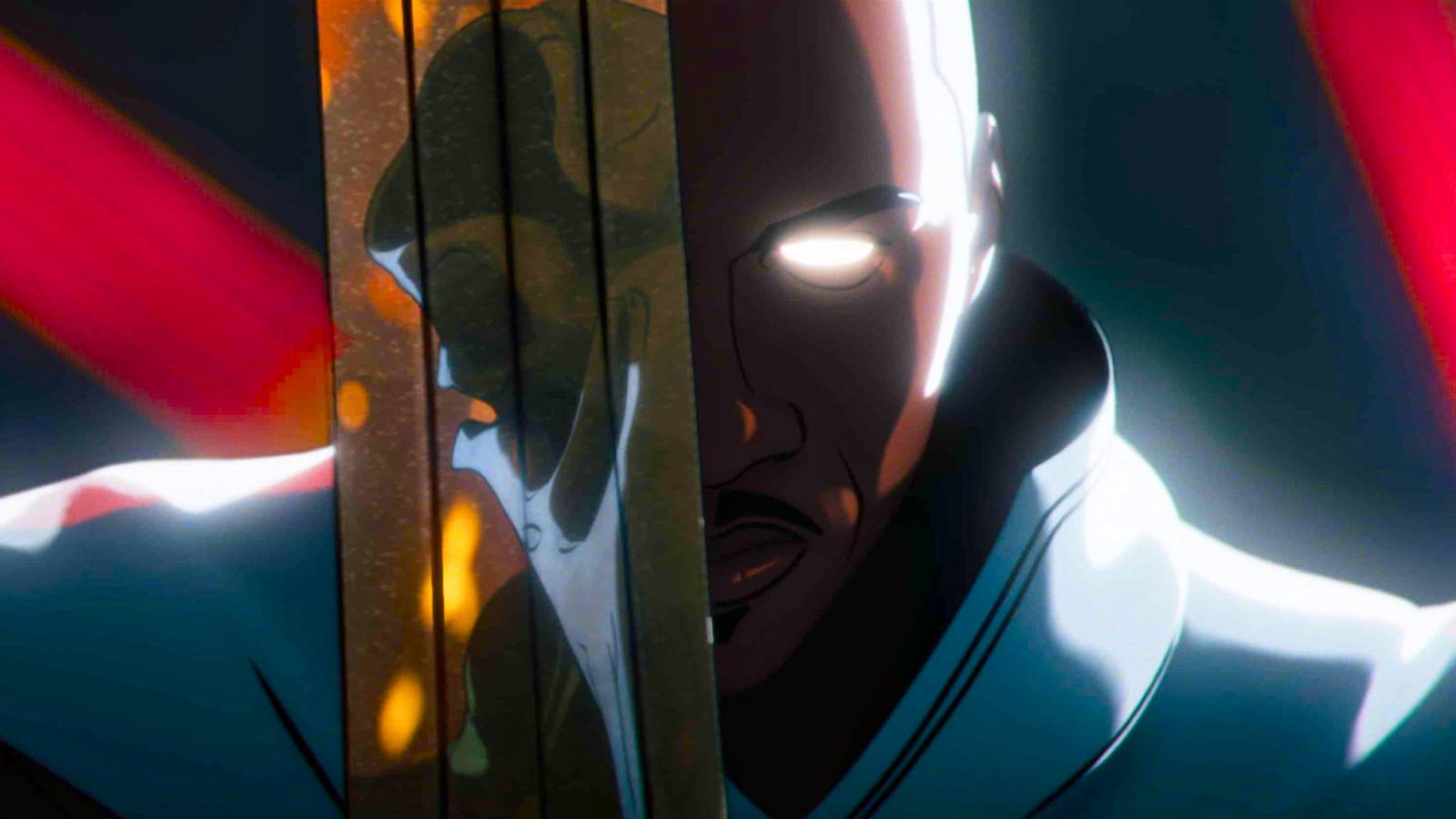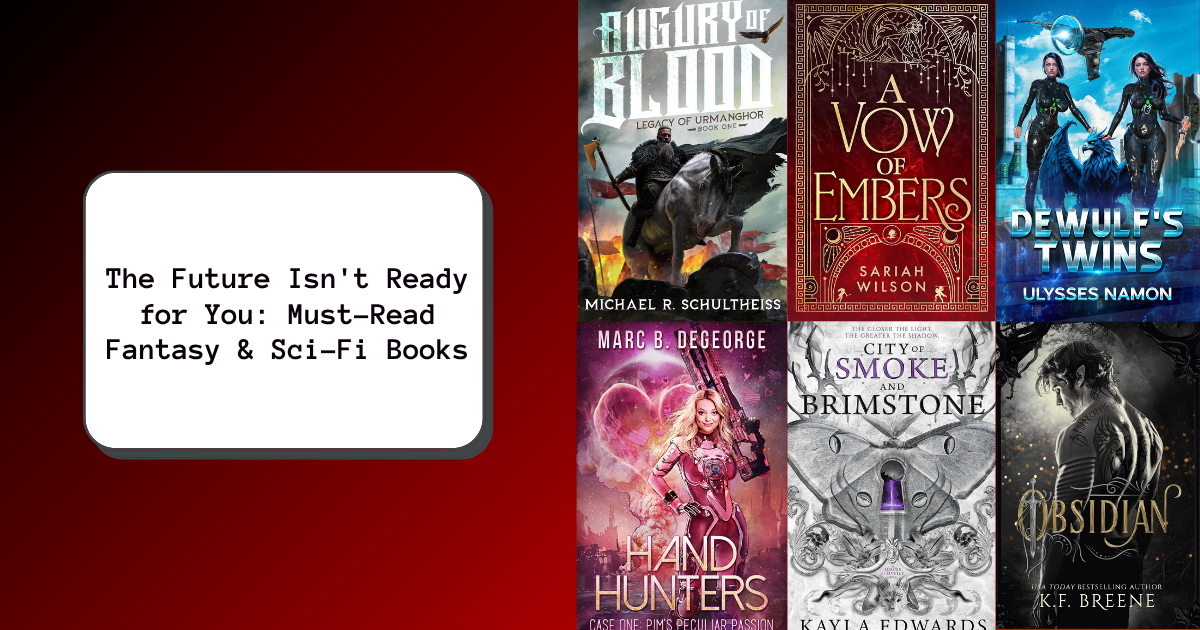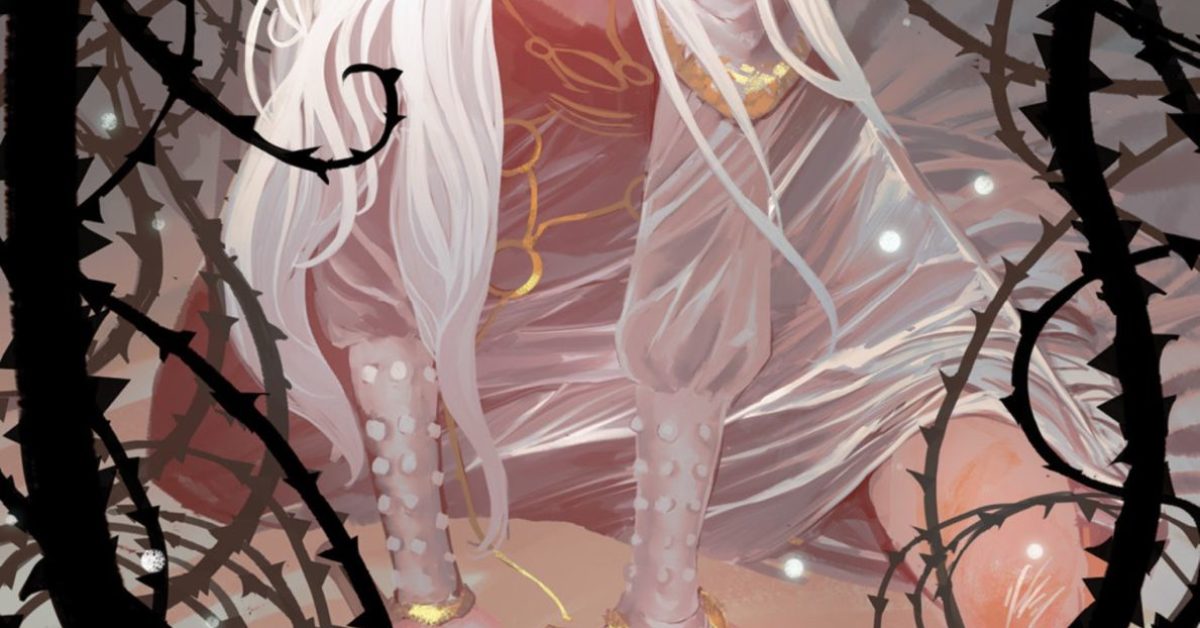Editor’s Note: The following contains spoilers for The Last of Us Season 2, Episode 4.The Last of Us has no shortage of groups that perpetuate the violence in the story’s broken world. Even without the hordes of infected, the survivors make enemies of each other, but Season 2, Episode 4, “Day One,” focuses on two: The Washington Liberation Front (or WLF) and the Seraphites. These two organizations have formed a bitter rivalry, which makes things more difficult for Ellie (Bella Ramsey) and Dina (Isabela Merced) as they make their way through Seattle and find the band of WLF members that killed Joel (Pedro Pascal). As this duo is caught in the crossfire between the WLF and the Seraphites, The Last of Us explores the animosity between them, and like many other conflicts in the series, it is fueled by hatred. Episode 4 gives more context to the WLF, introducing the leader, Isaac (Jeffrey Wright). However, exploring the WLF requires looking at their endless war with the Seraphite, a religious cult that has a deep-seated rivalry with the WLF.
The bloody conflict between these two organizations appeared on screen in the previous episode, but it becomes even more gruesome when the Seraphites get their revenge in Episode 4. However, before that, The Last of Us reveals just how much the hatred for each other is ingrained in both the members of the WLF and the Seraphites. This notable scene shows Isaac initiating the violence as he interrogates and tortures a captured Seraphite (Ryan Masson). Though it is just one of several offenses passed between these groups, this exchange puts into focus the entire conflict as their conversation reveals that no one remembers why they are enemies in the first place, serving as another example of just how far gone the world is as the fighting has devolved beyond reason and become a matter of pure, unwavering hatred.
‘The Last of Us’ Reveals That the Conflict Between the WLF and the Seraphites Has Lost All Meaning
The scene between Isaac and the Seraphite reveals a lot as Isaac calmly but brutally interrogates the man. He burns and beats the man for not answering his questions. Yet, despite having clearly endured this treatment for a while, the Seraphite shows no signs of giving in. Rather than telling Isaac where the next attack is planned, the Seraphite points out that they act in retaliation, and Isaac claims the Wolves do the same. Isaac mentions the Seraphite killing a child, to which the Seraphite insists that the WLF kill Seraphite children. Isaac excuses that by saying the children are trained to shoot at them. Neither takes responsibility for their actions, sounding like children claiming they didn’t start the fight. Yet, as the accusations fly, it’s clear neither Isaac nor the Seraphite remember where the animosity began.
The WLF and the Seraphites are trapped in a cycle of violence that no one can break. The fact that these characters don’t deny that their group has killed children is enough to prove that neither side of this conflict is innocent, even without the other examples shown in the series. The very real offenses build anger and resentment between them, regardless of how it began, preventing them from seeing the other as anything but an enemy. As Isaac’s interrogation goes nowhere, he grows angry with the Seraphite and kills him, adding yet another wrong to the growing list. But at this point, it hardly matters because the conflict is beyond reconciliation.

Related
‘The Last of Us’ Season 2 Review Bombing Sends Rotten Tomatoes Audience Score Spiraling to New Low
The score keeps dropping.
The WLF and the Serphites Dehumanize Each Other in ‘The Last of Us’
If no one can remember where their rivalry started, there’s no reason for their war, and the hatred has simply gone on for so long that it is deeply ingrained in them. With these two characters representing their entire group, this scene puts the hatred between the organizations on display, from their actions to the words they use to describe each other. Despite the Seraphite trying to correct him, Isaac only refers to him as a “scar,” which is clearly meant as an insult. Worse, the WLF has dehumanized the Seraphites to the point that Burton (Ben Ahlers), the soldier who Isaac once spared, refers to the Seraphite prisoner as an animal and says that he deserves to be killed.
Meanwhile, the Seraphite refers to the WLF as “Wolves,” which is the symbol they use. However, it still associates them with animals, reflecting the WLF’s feelings about the Seraphites. In the scene, the prisoner belittles the WLF by insisting that none of his group leave their convictions behind to become a Wolf, implying that it would be worse than death. The way they talk about each other shows just how deep the hatred runs. This animosity has become a part of their identity, as they refuse to see the other as human rather than targets. Because of that dehumanization, they can never find enough common ground to establish peace.
This Rivalry Shows How Broken ‘The Last of Us’ World Is
It’s no secret that The Last of Us is set in a destroyed world. After the apocalypse, things never fully healed, especially not with the infected still spread across the world. However, the issues between the WLF and the Seraphites have nothing to do with that. It is another example of people pitting themselves against one another. The Last of Us is full of conflicts not related to the infected, where people form an us-versus-them situation, like FEDRA and the Fireflies or Kansas City’s local resistance group targeting the FEDRA “rats” in Season 1. But these wars are to the detriment of all citizens.
The hatred between the WLF and the Seraphites became all-consuming. Their battle became such a priority that they didn’t seem to realize that the infected were inside their city, which is a dangerous mistake to make. The WLF are attacked while chasing Ellie and Dina, who they believe to be Seraphites, costing them dearly. Between the WLF gunning the traveling group of Seraphites down in Episode 3 and the Seraphites’ attack on the WLF that Ellie and Dina stumble upon, there is certainly enough bloodshed to explain why they hate each other now, but as far as how it began, no one knows or cares.
The Last of Us is streaming on Max in the U.S.




The Last Of Us
- Release Date
-
January 15, 2023
- Network
-
HBO
- Showrunner
-
Craig Mazin


















